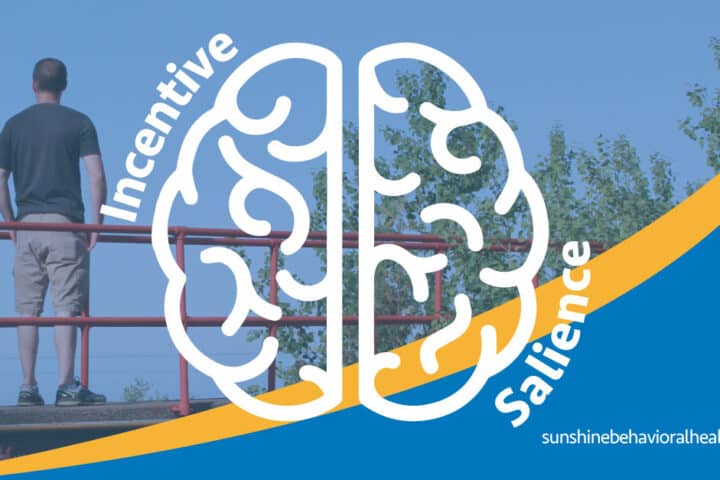
Incentive Salience: When Liking Evolves to Wanting, Then Craving
An incentive is something that motivates someone to act in some way. Salience is when something is noticeable.
That leads to a term found in addiction speak — incentive salience. In the simplest of terms one might call it a trigger, or a wanting of sorts, but it’s a bit more complex than that.
But addiction is complex, too, since it’s more a mix of genetics, environment, and life circumstances that can lead a person down that particular path.
Some studies have suggested certain people tend to develop a kind of hypersensitivity to the effects of drugs as well as to any stimuli linked to the substance in question.
That in turn leads them to be more tuned in to notice things linked to drugs (it could be a location, or a crowd, or a specific object) and in turn to crave them. That, paired with a lack of control over one’s behaviors, can lead to addiction and dependence.
It’s the difference between liking something and wanting it. Liking is nice, but wanting — there’s an extra pull there.
Liken it to someone trying to give up that daily glass of wine. It’s become a habitual way to unwind after a rough day at the office. Never mind that the one glass has steadily grown to two, and then the entire bottle. Nerves are frayed, and there’s a stress headache building, so a lovely red would be — it has been, in fact — a pleasant way to unwind.
On the way home they head to the convenience store for something. They’re not sure what.
Maybe some coffee creamer or aspirin. But once inside, the only thing they see are those green bottles filled with burgundy liquid. Not the mints or the gum, not the mini flashlights and lip balms by the counter, just the merlot or cabernet. Soon they’re looking at an empty bottle and thinking, I swear that thing was full just a few moments ago.
A winding-down ritual has turned into a compulsion of sorts. In time, it’s not driven by the pleasure of the drinking, but the addiction and the craving takes on a life of its own.
What once was a neutral stimulus turns into a “come hither” cue.
In many ways, that’s why addiction can be so difficult to overcome. And it should be noted, there are other theories as to what fuels addiction.
But these complex processes that rewire the brain and help reshape a person’s motivations are why treatments such as cognitive behavioral therapy — designed to change a person’s behaviors, thought processes, and feelings pertaining toward self-destructive actions — can be a big help in breaking out of the cycle of addiction.
Sources
blacknews.com – Top Black Health Resources
aamhp.com – Welcome
sunshinebehavioralhealth.com – How to Tell Your Family About Your Addiction
A Message From Our CEO
Medical disclaimer:
Sunshine Behavioral Health strives to help people who are facing substance abuse, addiction, mental health disorders, or a combination of these conditions. It does this by providing compassionate care and evidence-based content that addresses health, treatment, and recovery.
Licensed medical professionals review material we publish on our site. The material is not a substitute for qualified medical diagnoses, treatment, or advice. It should not be used to replace the suggestions of your personal physician or other health care professionals.





